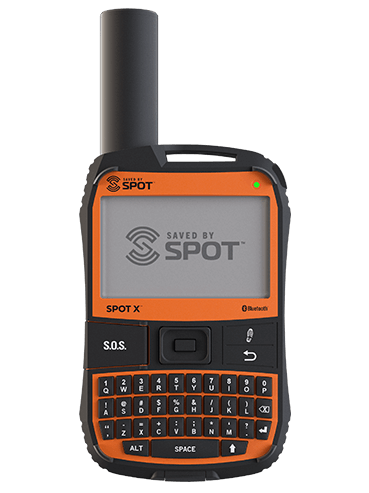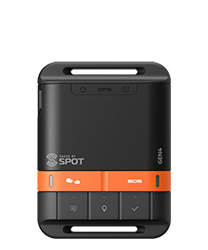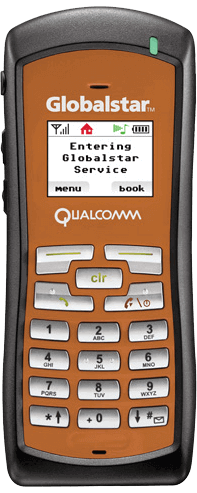Satellite IoT for Transportation: Driving Efficiency, Reliability, and Customer Confidence
In today’s logistics and transportation landscape, the definition of performance has evolved. Operators are expected to reduce costs, optimize fleets, and provide transparency at every step of the journey, all while navigating complex, global supply chains.
But maintaining that level of visibility isn’t simple. Trucks and trailers travel through remote regions where cellular networks fade, and critical data about cargo, vehicles, or routes can be lost. When visibility drops, so does efficiency, leaving operators vulnerable to delayed deliveries, rising fuel costs, and dissatisfied customers.
The Evolving Expectations of Fleet Visibility
Transportation companies are under growing pressure from customers who want more than tracking numbers; they want insight.
It’s no longer enough to know where a shipment is. Today’s logistics leaders are being asked:
- Was the cargo kept within the required temperature range?
- Did the vehicle experience excessive shock, vibration, or hard braking?
- Were the goods secured, monitored, and handled properly end-to-end?
Answering these questions requires continuous connectivity and sensor data, which can’t rely solely on terrestrial networks. That’s where satellite IoT comes in — filling the gaps between coverage zones to keep critical data flowing.
Why Satellite IoT Matters in Transportation
Satellite IoT complements existing cellular systems by providing uninterrupted connectivity across rural highways, cross-border routes, and remote logistics corridors. Unlike networks that stop at national boundaries or tower limits, satellite offers a persistent link to vehicles, cargo, and trailers no matter where they travel.
This uninterrupted view of operations empowers transportation providers to:
- Optimize Fleet Utilization: Track dwell times, idle hours, and asset movement to reduce waste and right-size fleet capacity.
- Enhance Cargo Integrity: Monitor environmental conditions such as temperature, humidity, and shock to ensure goods are transported safely.
- Improve Driver and Cargo Safety: Enable rapid alerts in the event of accidents, unauthorized stops, or theft.
- Reduce Operating Costs: Identify inefficiencies through real-time performance data and minimize downtime through predictive maintenance.
Satellite connectivity doesn’t replace cellular, it strengthens it, ensuring your visibility doesn’t end when the coverage map does.
What to Look for in a Satellite IoT Solution
When evaluating IoT solutions for fleet and cargo operations, transportation leaders should look for:
- Global Coverage: Consistent performance across borders, highways, and rural routes.
- Low-Power, Long-Life Devices: Hardware that lasts for months or years without intervention.
- Affordability at Scale: Satellite solutions that deliver enterprise-grade visibility without enterprise-level costs.
- Two-Way Communication: Real-time remote command and control for better responsiveness.
- Proven Reliability: Trusted networks with a track record of performance in mission-critical operations.
Turning Connectivity into Competitive Advantage
Satellite IoT turns visibility into measurable value, not just tracking data, but operational intelligence that drives decisions. From optimizing asset utilization, right-sizing your fleet, or maximizing LTL loads, connected fleets drive measurable financial impacts. With Globalstar’s satellite network and SmartOne devices, transportation operators gain the assurance of reliable, affordable, and scalable IoT connectivity that keeps fleets visible and business moving wherever the road leads.
Learn more about how Globalstar IoT can help you optimize fleet performance and protect cargo integrity.
 SmartOne Solar
SmartOne Solar SmartOne C
SmartOne C STX3
STX3 STX3 Dev Kit
STX3 Dev Kit SPOT X
SPOT X SPOT Gen4
SPOT Gen4 SPOT Trace
SPOT Trace

